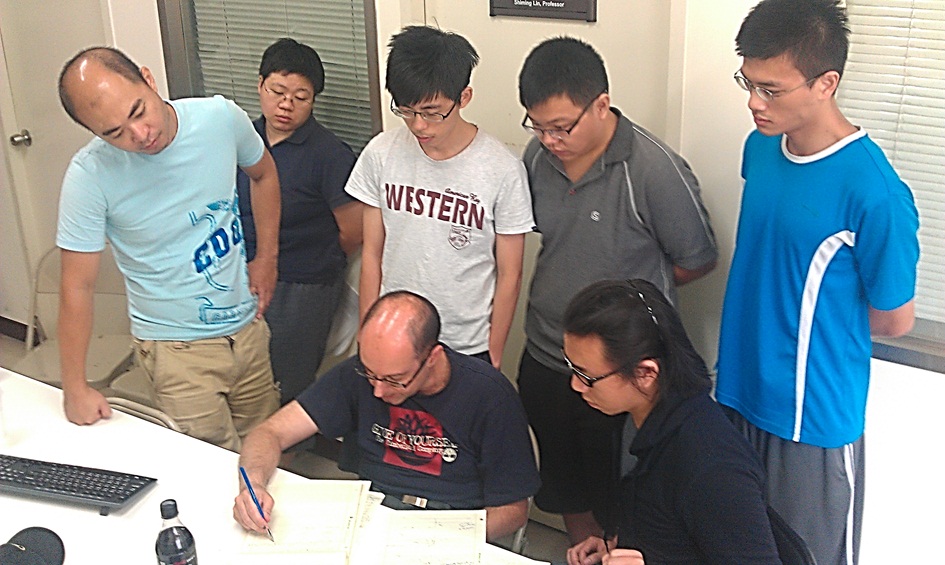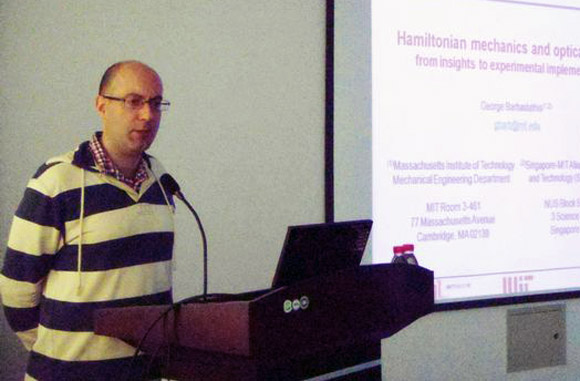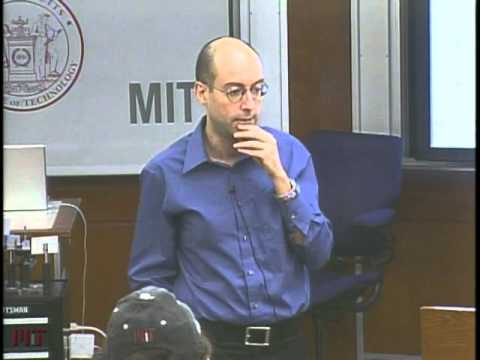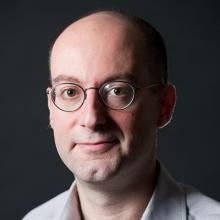[:el]
George Barbastathis is Professor of Mechanical Engineering at Massachusetts Institute of Technology (MIT) and his research is centered on the physics and engineering of 3D optical systems, in particular digital holography, volume holography, gradient-index media and transformation optics. He is known for creating an optical invisibility cloak, a calcite crystal system that may make possible hiding objects in plain sight.
Barbastathis received the Diploma in Electrical and Computer Engineering from the National Technical University of Athens in 1993 and the M.Sc. and Ph.D. in Electrical Engineering from California Institute of Technology (Caltech) in 1994 and 1997, respectively.
Between 1997 and 1999, he was a Post-doctoral Research Associate with the Beckman Institute at the University of Illinois, Urbana-Champaign. G. Barbastathis began his career at MIT in 1999 as an assistant professor, a position which he held until June 2005 when he became an associate professor.
From July 2006 until August 2007, he was Visiting Scholar with the School of Engineering and Applied Science at Harvard University. G. Barbastathis in December 2010 became a faculty resident with the Singapore-MIT Alliance for Research and Technology (SMART) Centre, a position which he holds until present. From January 2011, he is Professor of Mechanical Engineering at MIT.
Prof. G. Barbastathis has established an internationally-recognized research program in three-dimensional (3D) optical engineering. His research activities are centered on information optics—the processing and analysis of information by systems composed of optical, mechanical, and computational elements. His work is focused on fundamental research and application development within two principal areas. The first is digital holography and volume holography for imaging of complex biological and fluidic systems. The second is subwavelength optical engineering using novel 3D assembly methods, such as nanostructured origami.
George Barbastathis has made several publications and has been the recipient of many awards, among them are the “Nikolaos Kritikos Mathematics Award” (1993) and the 3M Innovation Award (1999).
[:]









